Almadi and Cobbs in OXFAM:
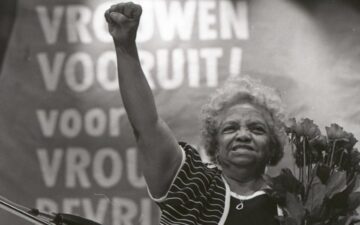 In the summer of 2023, Oxfam launched an initiative called A New Era for Black Women to spotlight the voices and priorities of low-wage earners. We are working with Black women’s advocacy groups in the Southeastern U.S. to surface issues that low-wage workers face and come up with policies addressing racial, gender, social justice, and economic inequality. Oxfam has a history of supporting labor organizers in Georgia, North Carolina, Mississippi, and Louisiana, to promote policies for higher paying jobs, job protections, more resources for job training, and other ways to break down barriers to upward mobility. This Black History Month, we are shining a light on some of the lesser-known leaders of labor movements in America as well as shouting out Black women who are currently leading the way to address root causes of inequality.
In the summer of 2023, Oxfam launched an initiative called A New Era for Black Women to spotlight the voices and priorities of low-wage earners. We are working with Black women’s advocacy groups in the Southeastern U.S. to surface issues that low-wage workers face and come up with policies addressing racial, gender, social justice, and economic inequality. Oxfam has a history of supporting labor organizers in Georgia, North Carolina, Mississippi, and Louisiana, to promote policies for higher paying jobs, job protections, more resources for job training, and other ways to break down barriers to upward mobility. This Black History Month, we are shining a light on some of the lesser-known leaders of labor movements in America as well as shouting out Black women who are currently leading the way to address root causes of inequality.
Sylvia Woods 1909-1987
Sylvia Woods, a Chicago-based union organizer and community activist, helped organize the Laundry Workers Union. She helped establish the Bendix Local 330 of the United Auto Workers (UAW) and even though only 25 percent of the membership was Black, she was elected financial secretary-treasurer of the UAW in. Through her organizing efforts, Woods realized that racism is a tool used to divide the working class. She believed that Black and white workers had to unite to defend their collective rights, and that ideology guided much of her organizing work.
More here. (Note: In honor of Black History Month, at least one post will be devoted to its 2025 theme of “African Americans and Labor” throughout the month of February)
Enjoying the content on 3QD? Help keep us going by donating now.

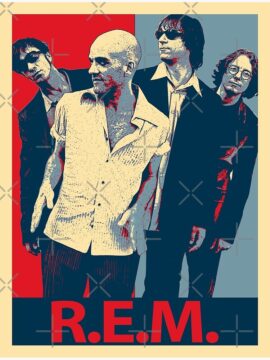 Not since the muzak corporation
Not since the muzak corporation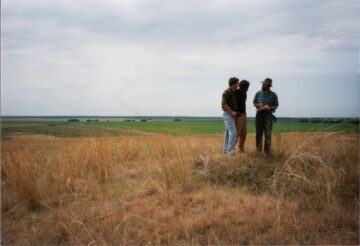 A pair of landmark studies,
A pair of landmark studies, 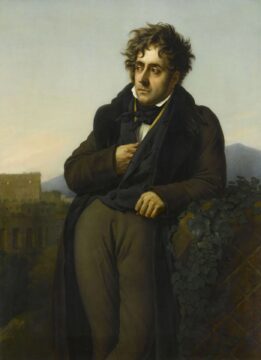 Throughout Donald Trump’s first term, none but the most stubborn could deny that the leading cultural institutions in the United States remained under the dominance of the self-styled progressive left. Circa 2019, prominent progressive scholars such as Corey Robin could be found imploring their peers to wake up and to take stock of just how much ground the left had gained. At the same time, astute readers of online discourse were warning of subterranean rumblings from the manosphere — which in fact began much earlier and for some years seemed to be contained within the same virtual space as what was then a gestating proto-wokeism. I can remember as early as 2014 or so, the most perspicacious of my friends telling me I should really be paying attention to Gamergate if I wanted to understand the future of US politics. I did check in briefly, saw that it was all just a bunch of kids fighting over kids’ stuff, and checked right back out again.
Throughout Donald Trump’s first term, none but the most stubborn could deny that the leading cultural institutions in the United States remained under the dominance of the self-styled progressive left. Circa 2019, prominent progressive scholars such as Corey Robin could be found imploring their peers to wake up and to take stock of just how much ground the left had gained. At the same time, astute readers of online discourse were warning of subterranean rumblings from the manosphere — which in fact began much earlier and for some years seemed to be contained within the same virtual space as what was then a gestating proto-wokeism. I can remember as early as 2014 or so, the most perspicacious of my friends telling me I should really be paying attention to Gamergate if I wanted to understand the future of US politics. I did check in briefly, saw that it was all just a bunch of kids fighting over kids’ stuff, and checked right back out again. Like every episode of “Saturday Night Live” since 1975, Sunday’s three-hour anniversary special was a confusing, celebrity-packed, occasionally funny grab-bag. And we have some thoughts.
Like every episode of “Saturday Night Live” since 1975, Sunday’s three-hour anniversary special was a confusing, celebrity-packed, occasionally funny grab-bag. And we have some thoughts.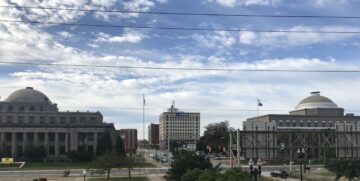 U.S. Steel mines iron ore in Minnesota and sends it across Lake Superior on freighters a thousand feet long. At Sault Ste. Marie, Michigan, the ships enter the Soo Locks, which provide passage to the lower Great Lakes. Five hundred billion dollars’ worth of ore (and ninety-five per cent of the United States’ supply) annually moves through the locks, which have been managed by the U.S. Army Corps of Engineers since 1881. The Minnesota ships travel the long, dangling length of Lake Michigan and dock at its southern tip: Gary, Indiana.
U.S. Steel mines iron ore in Minnesota and sends it across Lake Superior on freighters a thousand feet long. At Sault Ste. Marie, Michigan, the ships enter the Soo Locks, which provide passage to the lower Great Lakes. Five hundred billion dollars’ worth of ore (and ninety-five per cent of the United States’ supply) annually moves through the locks, which have been managed by the U.S. Army Corps of Engineers since 1881. The Minnesota ships travel the long, dangling length of Lake Michigan and dock at its southern tip: Gary, Indiana.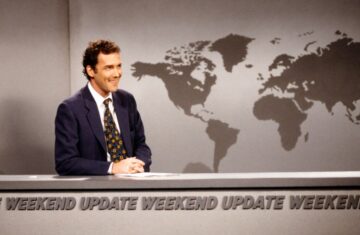 O
O Shocking if not surprising investigations from the
Shocking if not surprising investigations from the  Sexual partners transfer their distinctive genital microbiome to each other during intercourse, a finding that could have implications for forensic investigations of sexual assault.
Sexual partners transfer their distinctive genital microbiome to each other during intercourse, a finding that could have implications for forensic investigations of sexual assault.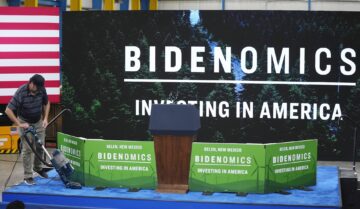 The year 2014 was a heady moment in the economic policy world. That spring, French economist Thomas Piketty’s Capital in the Twenty-First Century was published in English to astounding commercial and intellectual
The year 2014 was a heady moment in the economic policy world. That spring, French economist Thomas Piketty’s Capital in the Twenty-First Century was published in English to astounding commercial and intellectual